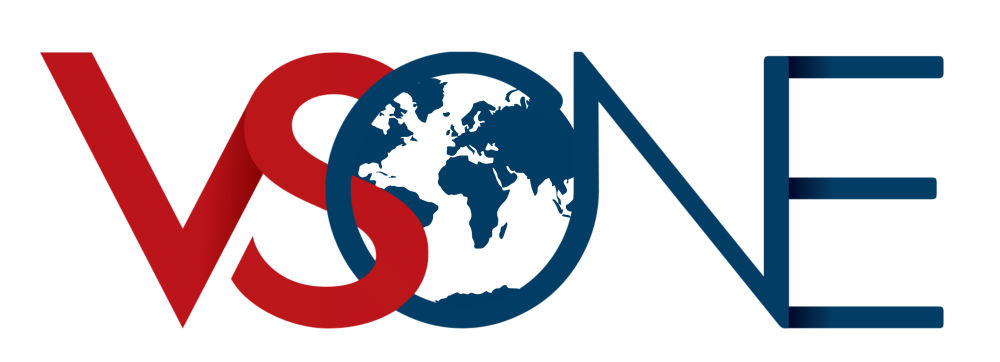Retail Analytics
The practice of collecting, analyzing, and interpreting data related to retail operations to gain insights and improve business performance. It involves the use of various tools and techniques, such as data mining, data visualization, and statistical analysis, to analyze retail data and extract actionable insights.
Retail analytics can be used to measure the effectiveness of marketing campaigns, optimize inventory levels, and improve customer engagement and loyalty. Here are some examples of how retail analytics can be used.
By analyzing sales data, retailers can identify which products are selling well, which are not, and make informed decisions about product assortment and pricing.
By analyzing inventory data, retailers can optimize inventory levels, reduce stockouts, and improve order fulfillment.
By segmenting customers based on demographics, behavior, and purchasing history, retailers can create targeted marketing campaigns and improve customer engagement and loyalty.
By analyzing marketing data, retailers can identify which channels and tactics are most effective in driving sales and customer engagement.
By analyzing store data, retailers can identify which stores are performing well, which are not, and act to improve performance.
retail analytics is a powerful tool that can help retailers gain insights into their operations and make data-driven decisions. By leveraging data and analytics, retailers can optimize their processes, improve customer engagement and loyalty, and increase revenue and profitability.


